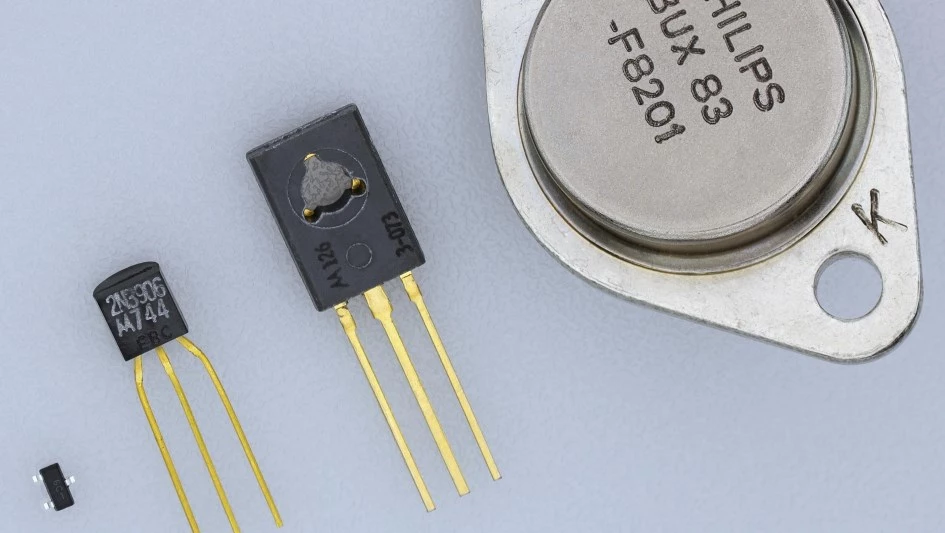Written by Muhammed Hassan *
If you’ve ever wanted a faster phone, computer, or internet connection, you’ve come across the personal experience of pushing the boundaries of technology. But help may be on the way.
Over the past few decades, scientists and engineers like myself have been working to develop faster transistors, the electronic components that underlie modern electronic and digital communication technologies. These efforts were based on a class of materials called semiconductors that have special electrical properties. Silicon is perhaps the best known example of this type of material.
But about a decade ago, scientific efforts reached the speed limit for semiconductor-based transistors.
Researchers can’t get electrons to move faster through these materials..
One way engineers try to address the speed limits inherent in moving current through silicon is by designing shorter physical circuits, essentially giving electrons less distance to travel. Increasing the computing power of the chip leads to an increase in the number of transistors. However, even if researchers can make transistors very small, they won’t be fast enough for the processing and data transmission speeds that people and businesses need.
laser pulses
My research group’s work aims to develop faster ways to transfer data, Using ultrafast laser pulses in free space and optical fibers. Laser light travels through optical fibers with almost no loss and very low noise..
In our most recent study, published in February 2023 in Science advanceswe took a step towards this, showing that it is possible to use laser-based systems with optical transistors, which Relying on photons rather than voltage to move electrons And transmit information much faster than current systems, and do so more effectively than previously reported optical switches.
At the most basic level, digital transmissions involve a signal that is turned on and off to represent ones and zeros. Electronic transistors use voltage to send this signal: when voltage prompts electrons to flow through the system, they signal 1; When no electrons are flowing, it indicates 0. This requires a source to emit the electrons and a receiver to detect them.
Our ultra-fast optical data transmission system relies on light rather than effort. Our research group is one among many working on optical communication at the transistor level, the building blocks of modern processors, to overcome current limitations using silicon.
Our system controls reflected light to transmit information. When light falls on a piece of glass, most of it passes through it, although some may be reflected. This is what a person experiences as glare when driving in sunlight or looking out a window.
We use two laser beams transmitted from two sources that pass through the same piece of glass. One beam is fixed, but its transmission through the glass is controlled by the second beam. By using the second beam to change the properties of the glass from transparent to reflective, we can start and stop constant beam transmission, switching the light signal from on to off and back very quickly.
With this method, we can change the properties of the glass much faster than current systems can transmit electrons. So we can send more on and off signals (zeros and ones) in less time.
Million faster
How fast are we talking?
Our study takes the first step in transmitting data a million times faster than if we used typical electronics.. For electrons, the maximum speed of data transmission is one nanosecond, one billionth of a second, which is very fast. But the optical switch we created was capable of transmitting data millions of times faster, which took a few hundred attoseconds..
We were also able to send these signals securely so that an attacker trying to intercept or modify the messages would fail or be detected.
Using a laser beam to carry a signal and adjusting the strength of the signal with a glass controlled by another laser beam means that information can travel not only faster but also over much greater distances.
For example, the James Webb Space Telescope recently sent back amazing images from deep space. These images were quickly transmitted as data from the telescope to the base station on Earth open also on every 35 nanoseconds through optical communication.
A laser system like the one we are developing can speed up the transmission rate by a billion times, allowing for faster and clearer exploration of deep space, and more quickly revealing the secrets of the universe. And someday computers themselves could run on light..
*University of Arizona





